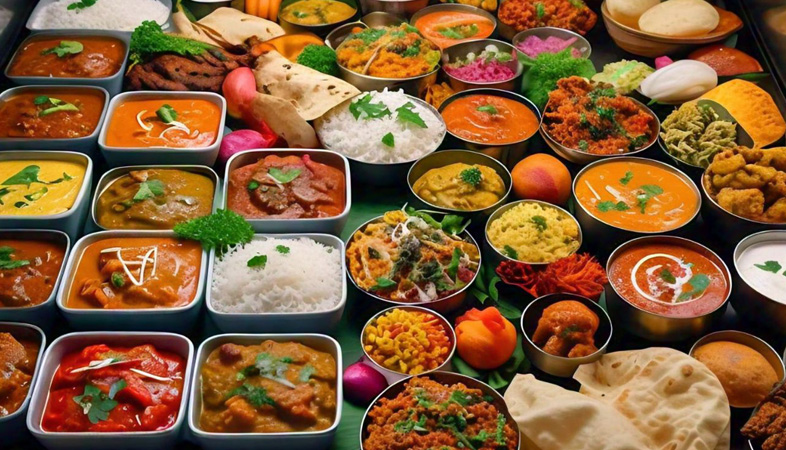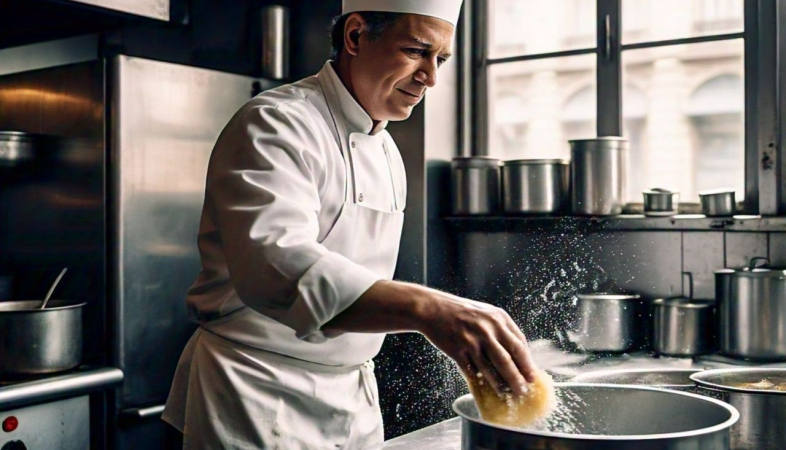SHARE
Commercials
More Posts
Jul 05, 2025
Chicken Satay - By Chef R. Vijayan
Mar 11, 2025
Dabeli - By Chef Falguni Somaiya
Jun 13, 2025
Rajwadi Dhokli - By Chef Lallan Kumar
Apr 22, 2025
Malabar Sizzling Prawns - By Vishal Raghunath Yadav
Jul 05, 2025
Chicken Satay - By Chef R. Vijayan
Mar 11, 2025
Dabeli - By Chef Falguni Somaiya
Jun 13, 2025
Rajwadi Dhokli - By Chef Lallan Kumar
Apr 22, 2025
Malabar Sizzling Prawns - By Vishal Raghunath Yadav
Jul 05, 2025
.png)




























